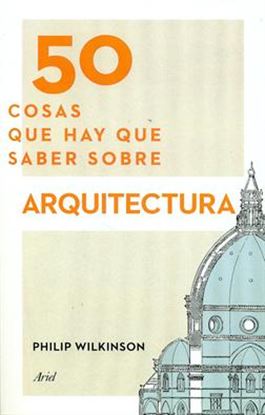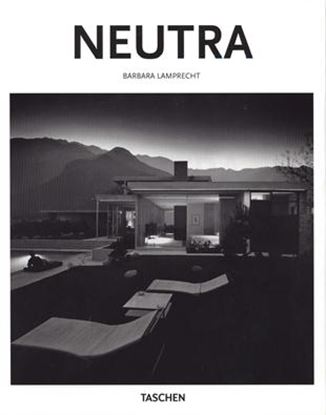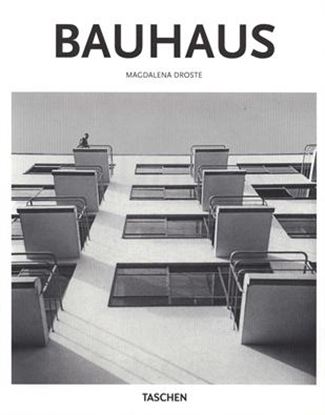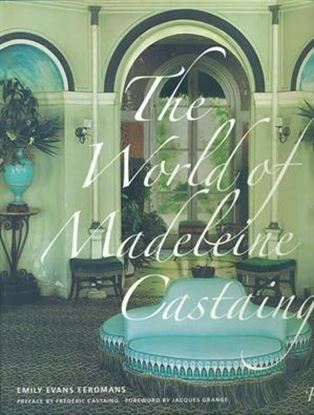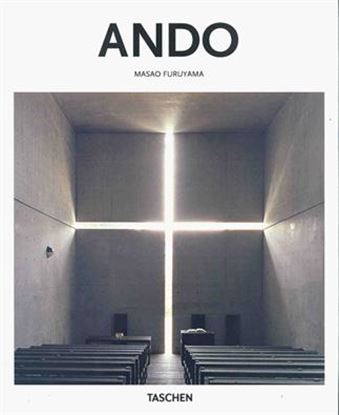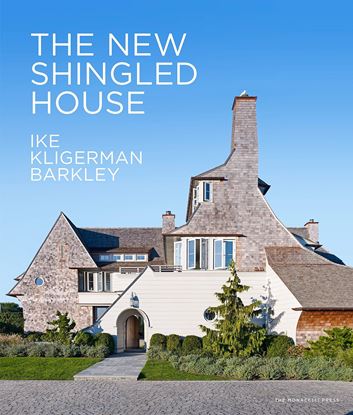

50 COSAS QUE HAY QUE SOBRE ARQUITECTURA
¿Cuál es la diferencia entre una columna dórica y una jónica? ¿Cuál es la función de un arbotante? ¿Cuáles son los principios rectores de la arquitectura moderna? ¿En qué se diferencia la restauración de la conservación?
Desde las raíces más tempranas de la arquitectura en la Grecia antigua, pasando por el desarrollo revolucionario de finales del siglo XX, hasta las tendencias más recientes de la arquitectura ecológica, esta guía esencial explica los conceptos e ideas fundamentales sobre arquitectura y brinda una nueva y fundada comprensión de la disciplina y su profundo impacto en el mundo en que vivimos.
1,250
938
NEUTRA (BA-ARCH)
La perfecta armonía moderna
El arte de conjugar arte, paisaje y comodidad
En la arquitectura de Richard Neutra (1892-1970), interior y exterior comulgan en perfecta armonía moderna. Mientras el sol californiano centellea sobre las superficies de elegantes edificios, inmensos muros acristalados ofrecen vistas panorámicas de montañas, jardines, palmeras y piscinas. Con profusas ilustraciones, esta obra nos acerca al arquitecto y nos presenta los proyectos que definieron su carrera. Con estructuras frías anidadas entre maravillas naturales, se rinde homenaje a uno de los representantes más puristas del Movimiento Moderno, un profesional que supo cómo incorporar las líneas escarpadas y los colores cambiantes de la naturaleza a las geometrías características del Estilo Internacional.
1,350
1,013
BAUHAUS (BA-ARCH) (ES)
Diseñando una época
La escuela artística más famosa de la modernidad
Durante un fugaz periodo de catorce años intercalado entre dos guerras mundiales, la escuela de arte y diseño alemana Bauhaus cambió el aspecto de la modernidad. Con ideales utópicos para el futuro, la escuela fue pionera en la funsión del arte, la artesanía y la tecnología aplicada a la pintura, la escultura, el diseño, la arquitectura, el cine, la fotografía, los tejidos, la cerámica, el teatro y la instalación artística. Este libro es un homenaje al atrevimiento e innovación del movimiento Bauhaus, pionero en el desarrollo del arte moderno y paradigma de la educación artística, en el que una total libertad de expresión creativa y de ideas vanguardistas dio lugar a creaciones hermosas y prácticas.
1,350
1,013
THE WORLD OF MADELEINE CASTAING (OF3)
The inimitable style of renowned French interior designer Madeleine Castaing, chronicled in-depth for the first time. While many were drumming to the beat of modernism in the early- and mid-twentieth century, French antiquaire and decorator Madeleine Castaing created her own look that was a unique blend of neoclassicism, Proustian romanticism, and pure wit. Her distinctive aesthetic vision has inspired tastemakers on both sides of the Atlantic, and her devotees--both then and now--are legion. Ocelot carpeting, opaline blue, "coolie" lampshades, and an eclectic mix of neoclassical furnishings ranging from English Regency to Napoleon III all formed part of the vocabulary of "le style Castaing." This lavishly illustrated volume--the first on her work--explores in-depth the elements of her style, and examines how she crafted interiors so emotive that visitors felt that they had stepped into a Balzac novel or a Proustian recollection. Her entire life and career are chronicled, from her early years in Montparnasse, the epicenter of artistic activity in Paris, to her incomparable country house Leves and her legendary shop on rue Jacob in Paris.
999
749
ANDO (BA-ARCH) (ES)
Este libro de TASCHEN ofrece la introducción perfecta a la obra de Tadao Ando y explora el híbrido de tradición, modernidad y función de unos edificios que fascinan a arquitectos, diseñadores y diseñadores de moda, entre otros. A través de obras clave como viviendas particulares, iglesias, museos, complejos de apartamentos y espacios culturales, analizamos una estética única, monumental y acogedora, basada tanto en la tradicional serenidad japonesa como en los vocabularios decididamente modernos de la Bauhaus y Le Corbusier.
1,350
1,013
THE NEW SHINGLED HOUSE (OF3)
The architectural style of the classic American summer, the shingled house can suggest the beach, the countryside, the mountains, and even the city. AD100 architects Ike Kligerman Barkley, one of the most successful firms practicing in a traditional style today, presents 14 houses that celebrate the simple wood shingle's infinite flexibility--ranging from richly historic to sculptural and experimental. The New Shingled House includes examples throughout the fabled seaside resorts of New England--Martha's Vineyard, Block Island, and the Hamptons--as well as houses in California's Bay Area and Point Loma, on a pristine mountain lake in South Carolina, and a Scandinavian influenced family residence in Connecticut. All are characterized by a sense of graciousness and generosity that makes them unique spaces for the owners and enviable spaces for readers. The versatility of the shingle style allows the designers to explore formal ideas and to respond to client preferences and taste. The houses thus achieve the architects' fundamental goal: when their clients enter their new house for the first time, they should feel as though they have always lived there. This stunning visual presentation features new photography by noted interiors photographer William Waldron, who has captured the graciousness and generosity of the elegant interiors and welcoming porches and terraces that make these houses so inviting and timeless.
999
749

